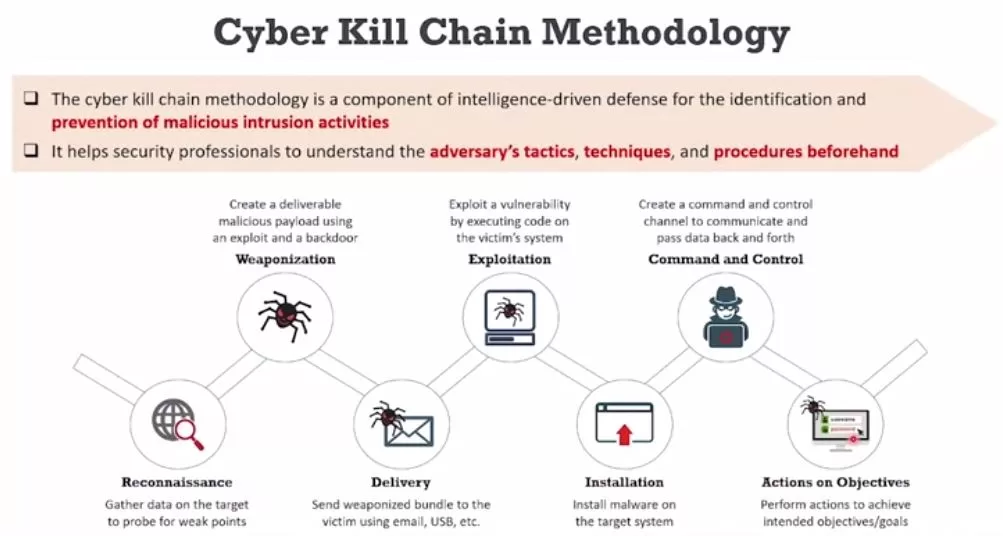Network security is a critical aspect of cybersecurity that focuses on protecting the integrity, confidentiality, and availability of data and resources within a computer network. It encompasses a wide range of technologies, practices, and policies designed to safeguard networks from unauthorized access, data breaches, and other cyber threats. Here are some key aspects of network security:
Firewalls: Firewalls are the first line of defense in network security. They are hardware or software-based security systems that filter incoming and outgoing network traffic based on a set of predefined rules. Firewalls help prevent unauthorized access to a network while allowing legitimate traffic to pass through.
Intrusion Detection and Prevention Systems (IDS/IPS): IDS and IPS are systems that monitor network traffic for signs of suspicious or malicious activity. IDS detects such activities, while IPS can actively block or mitigate them. They use signatures, heuristics, and anomaly detection to identify potential threats.
Virtual Private Networks (VPNs): VPNs create secure, encrypted connections over untrusted networks, such as the internet. They are commonly used for remote access to corporate networks and to ensure data confidentiality.
Access Control: Implementing proper access controls ensures that only authorized users and devices can access network resources. This includes user authentication, role-based access control, and strong password policies.
Encryption: Data encryption protects data in transit and at rest. Technologies like SSL/TLS secure web traffic, while disk encryption secures data on storage devices.
Network Segmentation: Dividing a network into segments or zones with different security levels can limit the potential impact of a security breach. This practice helps contain threats and prevents lateral movement within a network.
Patch Management: Keeping network devices and software up to date with the latest security patches is essential to address known vulnerabilities. Cybercriminals often exploit unpatched systems.
Security Monitoring: Continuously monitoring network traffic and system logs can help detect and respond to security incidents promptly. Security Information and Event Management (SIEM) tools are commonly used for this purpose.
Security Policies and Training: Establishing clear security policies and providing training to employees on best security practices is crucial. Human error is a significant contributor to network security breaches.
Incident Response: Having a well-defined incident response plan in place is essential to quickly and effectively mitigate the impact of security incidents when they occur.
Network Security Audits and Testing: Regularly assessing network security through audits and penetration testing can help identify vulnerabilities and weaknesses that need to be addressed.
Authentication and Authorization: Implementing strong authentication methods and controlling user access through authorization mechanisms are critical for network security.
Backup and Disaster Recovery: Regularly backing up data and having a disaster recovery plan can help in the event of data loss due to security incidents or other disasters.
Vendor and Third-Party Risk Management: Assessing and managing the security of third-party vendors and services that connect to your network is important to prevent supply chain attacks.
Zero Trust Security: The Zero Trust security model assumes that threats can be both external and internal. It advocates for never trusting, always verifying, and continuously monitoring all users, devices, and traffic.
Network security is an ongoing process that requires vigilance and adaptability because cyber threats evolve over time. A comprehensive network security strategy should be tailored to the specific needs and risks of an organization and regularly updated to address emerging threats.




